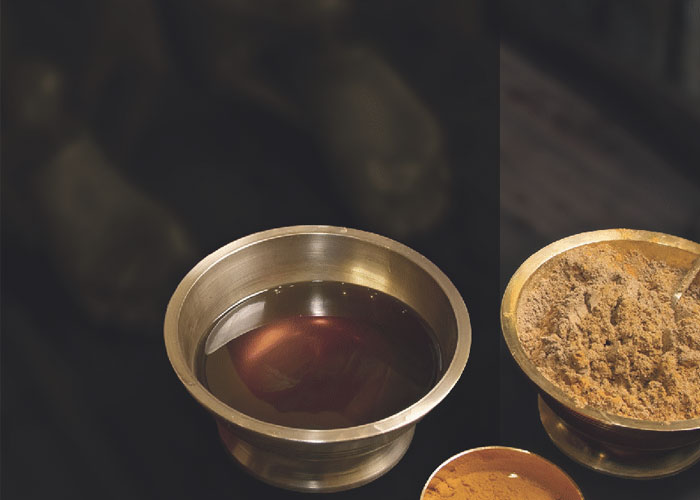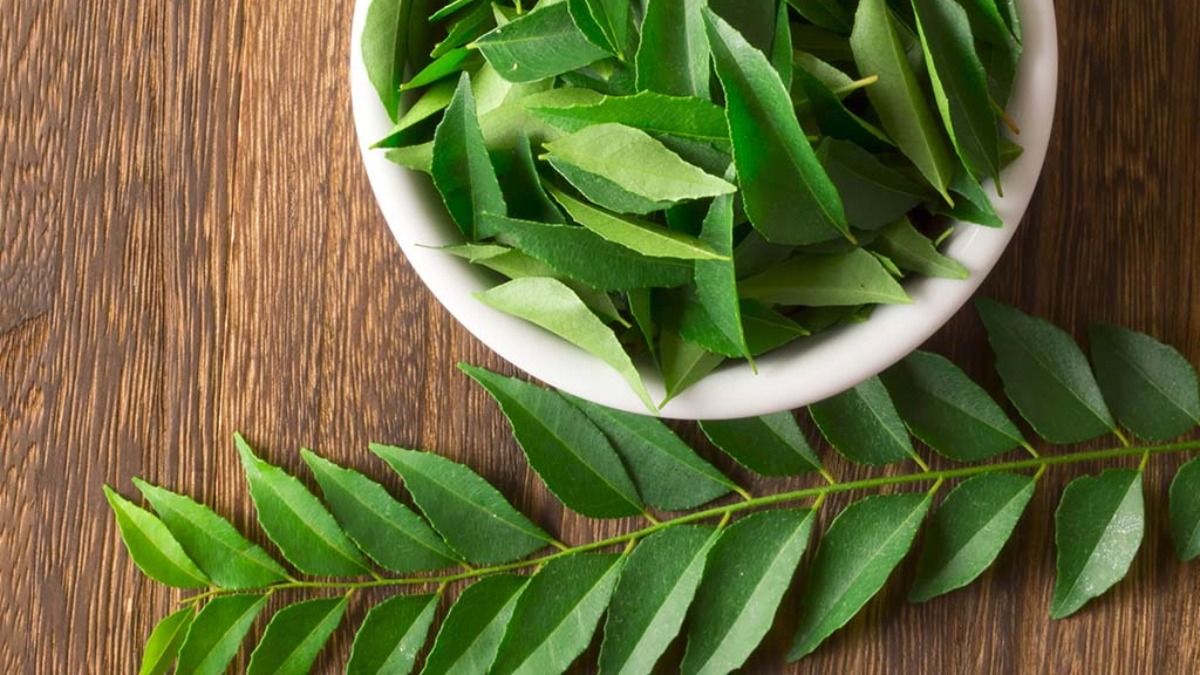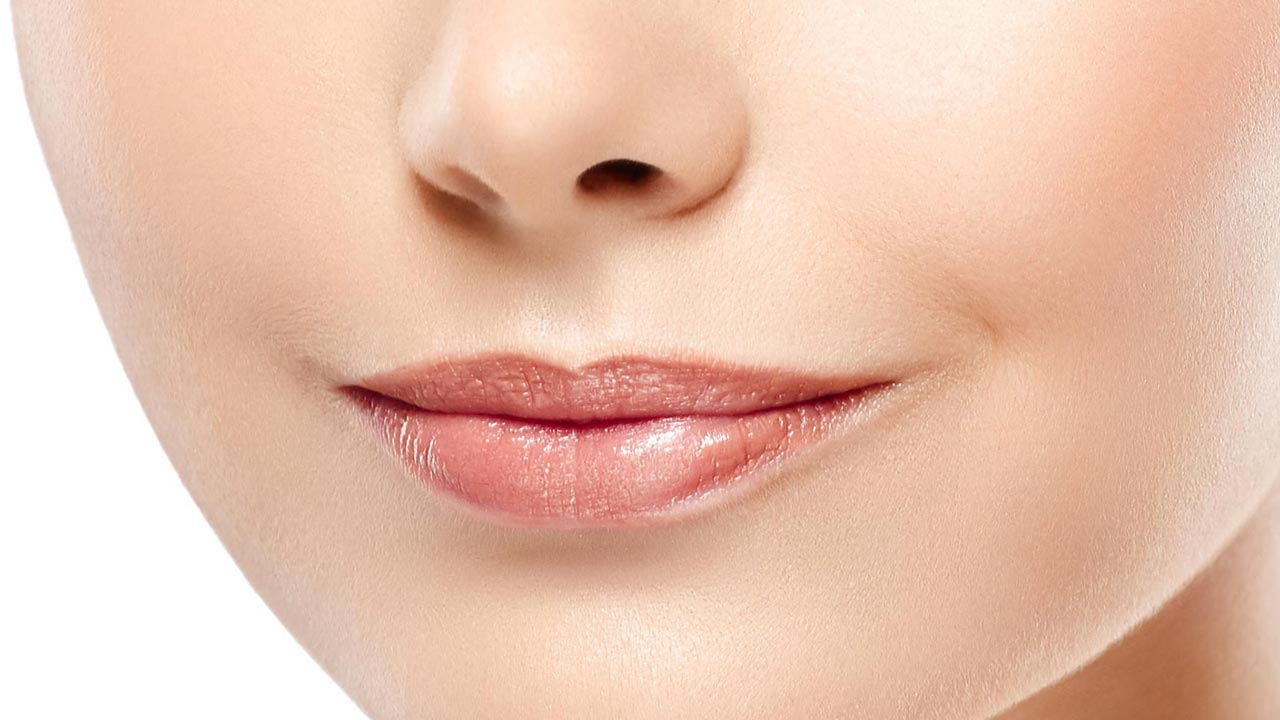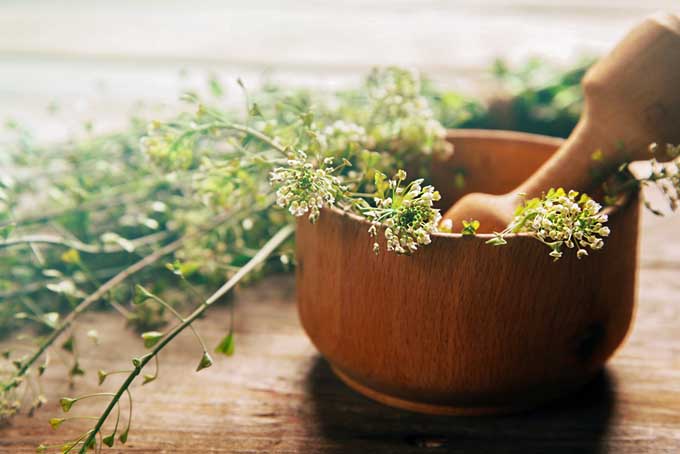Ayurveda is one of the world’s oldest holistic healing systems that finds mention in the Atharva Veda. It is based on the principle of balance and prakriti as a means of promoting good health. Ayurveda prescribes self massage (Abhyanga) as an integral aspect of one’s daily routine or din charya, to promote health and longevity. While foods provide us with nutrients, massage enhances the circulation of nutrients and aids in expelling toxins, thereby playing an important role in cleansing and maintaining the health of the body.
A massage is jarahar, that is, remover of old age. The right massage as per ones prakriti, provides nourishment to all the seven dhatus (constituents) of the body, namely—rasa (fluids, hormones, lymph), rakta (blood), mansa (flesh, muscles), medha (fat), asthi (bones, teeth), majja (marrow), sukra (semen, ojas). The process of rubbing and applying pressure to pressure points enhances the circulation of blood, lymph and hormones, thereby strengthening the nervous and immune system.
It is shram har, that is, a massage can rid you of your fatigue and tiredness. Given our hectic lifestyles, deplorabe state of environment and deteriorating food quality, it is but natural to take a toll on the body. Our nerves are agitated, the cells are choked with toxins. Massaging the body with an oil that is warming in nature like mustard or eucalyptus, stimulates the body to release toxins through sweat. For fatigue caused by mental strain, a head massage is ideal. If fatigue is caused by the physical strain of a muscle, massage with sesame, mustard or almond oil is helpful. Massage movements such as gentle squeezing, rubbing and patting the affected muscle, relieve muscle strain. Results are enhanced if accompanied by hot towel / hot water treatment where the particular body part is soaked in warm water for a few minutes.
A massage is vatahar, that is, it removes excess wind. As per Ayurveda, vata or wind is the carrier of maximum diseases in body. Rheumatism and sciatica are the two most common ailments resulting from aggravated wind. Ayurveda prescribes massage with Mahanarayan oil (a medicinal healing oil expressed from various herbs) to provide relief from the same. While cooking, adding mustard or fenugreek (methi) seeds and or fenugreek leaves is helpful in containing vata disorders. Pains and aches are caused by the obstruction of the flow of wind in vessels known as siras. Massage facilitates circulation of vayu in the siras relieving tension and reducing pain.
It is drishti prasad kar, that is, a massage can improve your eyesight. Our vision is governed by the manipoorak chakra centered at the navel in the bidy. Massage of the navel area in clockwise direction with either coconut or sesame oil, depending on one’s prakriti, can improve eyesight. Massaging of the feet, specially between the big toe and the second toe can provide relief from eye ailments. Massage of the head and the big toe helps in regulating the Alochaka pitta, which is responsible for maintaining heat balance in the eye tissues and muscles and it also aids vision.
A massage is swapna kar, that is, induces sleep. A massage relieves aches and pains, and so relaxes muscles as well as the mind. A head massage is particularly effective for inducing sleep. Those who suffer from insomnia or disturbed sleep should massage their head and feet before retiring to bed. Coconut oil in summers or sesame oil in winters is the preferred choice of oil.
It is ayus kar, that is, a massage increases longevity. Massaging the body with rejuvenating oils protect the skin from dehydration and help in maintaining the necessary skin moisture. This in turn assists in maintaining the electrochemical balance and promotes health and longevity.
A massage is twak dridh kar, that is, it strengthens the skin. Oils provide natural nourishment to the skin leaving it soft and supple. Dryness is a sign of disturbed vata in the body. Those with vata prominent prakriti usually have dry, rough skin. Regular oil massage is a must for them as it hydrates and strengthens the skin. Vata dominant people have closed hair follicles and therefore, oil must be applied against the direction of hair growth to open these follicles. Once oil has been applied, massage can then be done in the direction of body hair. Wheat germ oil and almond oil are particularly beneficial for strengthening dry skin as well as improving the colour and texture of the skin.
It is klesh sahattwa, that is, a massage aids in developing resistance to disharmony and disease. Rubbing and applying pressure on the body stimulates the production of antibodies and strengthens the dhatus thereby improving immunity.
A massage is vata-kapha nirodhak, that is, it soothes ailments caused by wind and phlegm. Massaging of the chest and rib cage area with mustard or almond oil helps relieve congestion of the lungs, breathlessness and aggravated kapha. When both vata and kapha are aggravated, mustard oil infused with garlic is quite effective. Alternatively one can also massage with eucalyptus infused almond or mustard oil. A combination of almond and lavender oil is effective in easing breathlessness.
So if you thought massage was just about oiling the body, you would now appreciate that it is a complete science and art in itself, which has a lasting impact on every aspect of being. In an ayurvedic massage, different oils find their use as the choice of base oil, keeping in mind one’s prakriti, season/climate and medical condition. The next article will discuss the various massage oils and their benefits.





